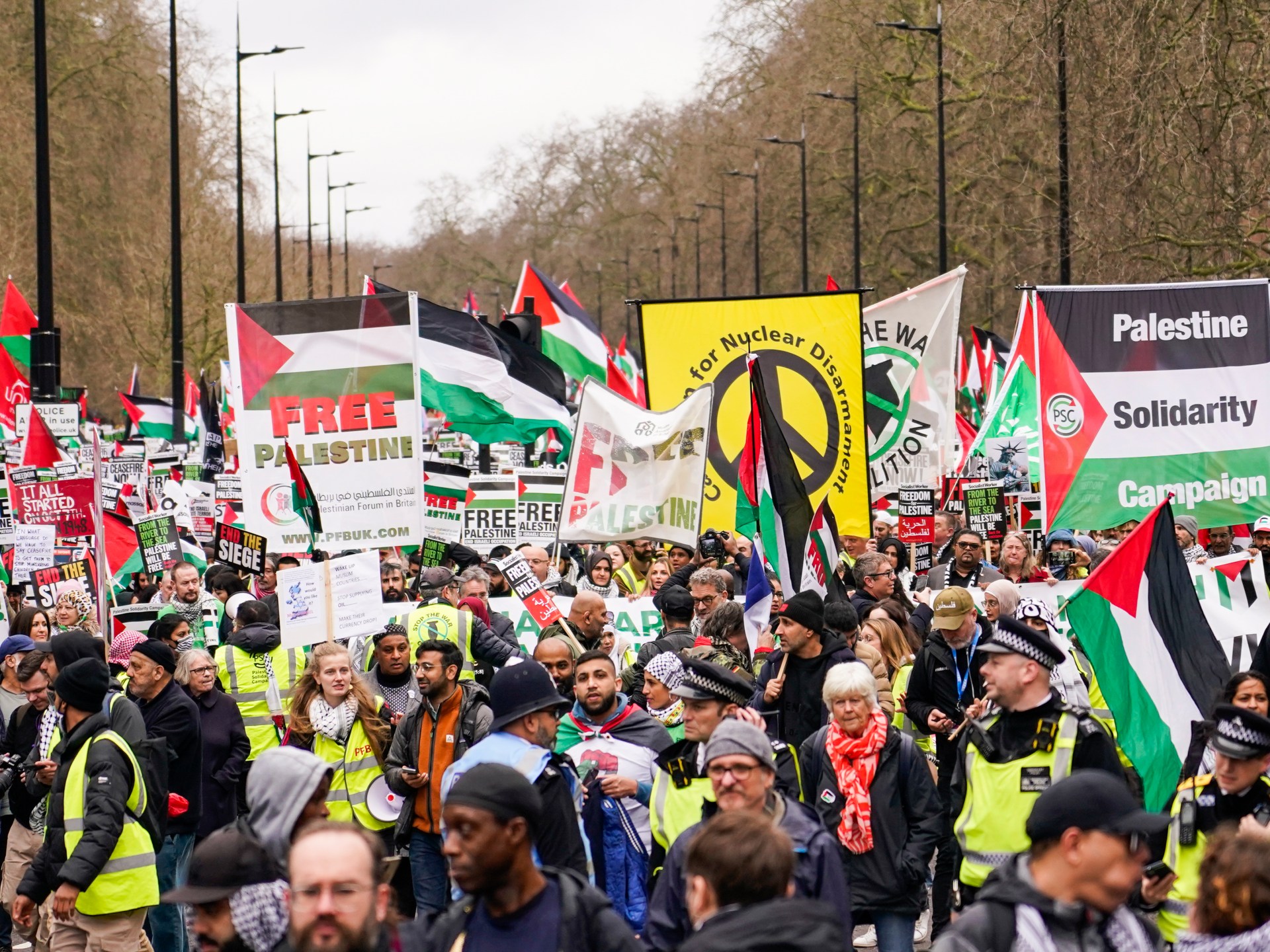China easing ‘zero-COVID’ policy after protests
China is finally easing its brutal “zero-COVID” policies after nearly a week of the biggest uprising in decades.
Vice Premier Sun Chunlan, who oversees COVID efforts, signaled the change Wednesday — as numerous regions also started lifting lockdowns, which had forced people into state-run facilities and left whole cities effectively shut down over just one detected case.
Speaking at the National Health Commission, Sun said that it was time to change the approach nearly three years after the contagion was first detected in Wuhan.
“The country is facing a new situation and new tasks in epidemic prevention and control as the pathogenicity of the Omicron virus weakens, more people are vaccinated and experience in containing the virus is accumulated,” Sun said in comments reported in state media.
Sun also urged further “optimization” of testing, treatment and quarantine policies, according to the state-run Xinhua news agency.
Unusually, there was no mention of the country’s cornerstone “zero-COVID” approach, and acknowledgment of the weakening risk was a sharp contrast to signaling over most of the past three years.
Sources told Reuters that official announcements of further nationwide policy changes will be made in the coming days.
“Sun’s speech, in addition to the notable easing of COVID control measures … sends yet another strong signal that the zero-COVID policy will end within the next few months,” analysts at Nomura said in a research note.
“These two events perhaps point to the beginning of the end of zero-COVID.”

ANZ Research analysts also told Agence France-Presse (AFP) that the remarks “could signal that China is beginning to consider the end of its stringent zero-Covid policy.”
“We believe that Chinese authorities are shifting to a ‘living with Covid’ stance, as reflected in new rules that allow people to do ‘home isolation’ instead of being ferried away to quarantine facilities,” the analysts said.

The change came after protests that started last week quickly turned from anger at the policies to calls for President Xi Jinping to step down.
Since then, there have been 51 protests across 24 cities, according to the Australian Strategic Policy Institute (ASPI) — the most since the 1989 uprising calling for democracy ended in bloodshed in Tiananmen Square.

Late Tuesday, protesters clashed with hazmat suit-wearing cops in Guangzhou — one of the areas that then lifted temporary lockdowns within 24 hours of the alarming scenes.
Authorities in at least seven districts of the sprawling manufacturing hub said they were lifting temporary lockdowns, with one allowing the reopening of schools, restaurants and businesses, including cinemas.
Cities including Chongqing and Zhengzhou also announced easings.
The Chinese capital, Beijing, also said it would scale back daily testing requirements — a tedious mainstay of life under zero-Covid.
The elderly, those who work from home, students and teachers in online education and others who do not leave home frequently are now exempt from daily tests, officials said Wednesday.
Beijing residents still require a negative Covid test taken within 48 hours to enter public places such as cafes, restaurants and shopping malls, however.
With a heavy police presence across many cities, there was no indication of protests on Thursday.
The easing of restrictions comes despite China battling its worst COVID-19 outbreak of the past three years, having earlier credited the “zero-COVID” approach for containing the contagion.
The country reported 35,800 domestic covid cases on Thursday, most of them asymptomatic.
With Post wires
Check out our Latest News and Follow us at Facebook
Original Source







